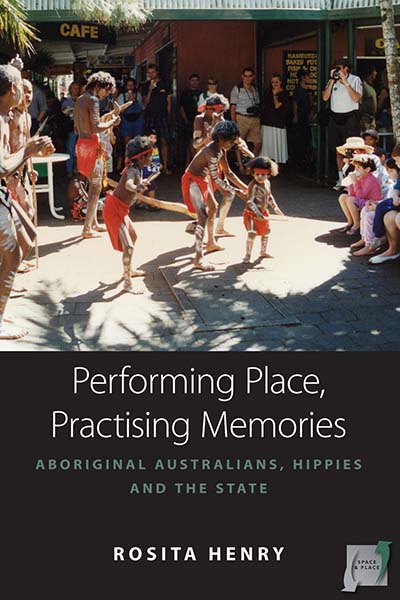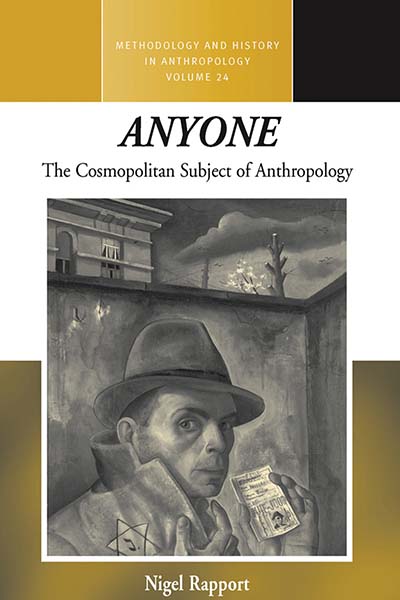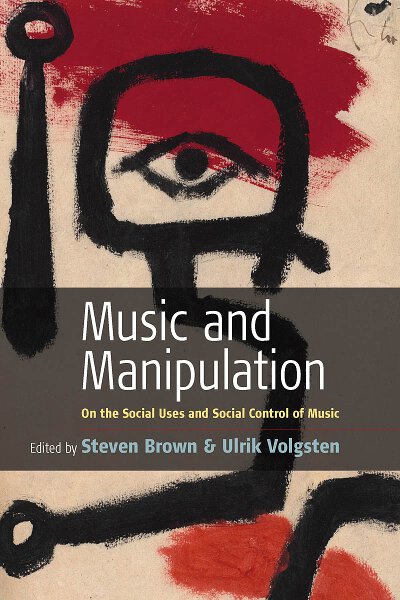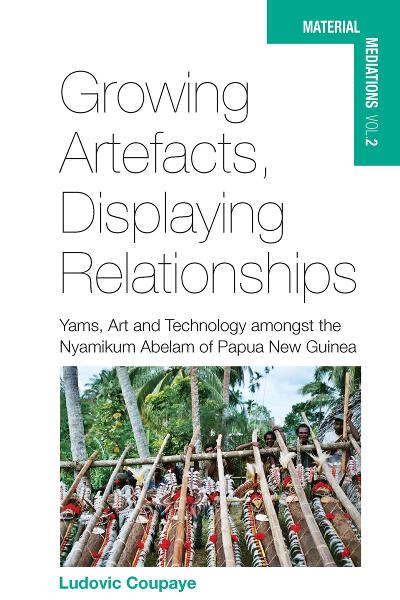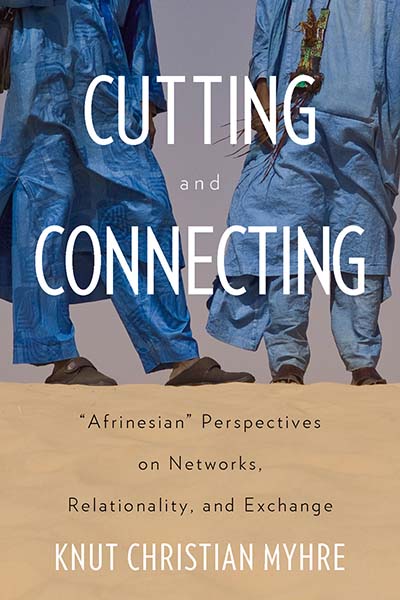
See Related
Anthropology JournalsEmail Newsletters
Sign up for our email newsletters to get customized updates on new Berghahn publications.
Cutting and Connecting
'Afrinesian' Perspectives on Networks, Relationality, and Exchange
Edited by Knut Christian Myhre
Afterword by Adam Reed
162 pages, 1 illus., index
ISBN 978-1-78533-263-0 $29.95/£23.95 / Pb / Published (March 2016)
eISBN 978-1-83695-803-1 eBook
Reviews
“For over two decades the New Melanesian ethnography has extended itself in many useful directions, though rarely, in Africa, has it proved so productive as in this fascinating collection. Working at the analytic crossroads of anthropology, Africa and Melanesia, Cutting and Connecting provides fresh insights into some of today’s most pressing anthropological challenges: theorizing relationality, networks, and exchange; the relation between knowledge practices and place; theory and ethnography; the complications of comparison. The book is a major contribution to anthropological scholarship and promises many theoretical returns.” · Todd Sanders, author of Beyond Bodies: Rainmaking and Sense Making in Tanzania
Description
Questions regarding the origins, mobility, and effects of analytical concepts continue to emerge as anthropology endeavors to describe similarities and differences in social life around the world. Cutting and Connecting rethinks this comparative enterprise by calling in a conceptual debt that theoretical innovations from Melanesian anthropology owe to network analysis originally developed in African contexts. On this basis, the contributors adopt and employ concepts from recent studies of Melanesia to analyze contemporary life on the African continent and to explore how this exchange influences the borrowed anthropological perspectives. By focusing on ways in which networks are cut and connections are made, these empirical investigations show how particular relationships are created in today’s Africa. In addition, the volume aims for an approach that recasts relationships between theory and place and concepts and ethnography, in a manner that destabilizes the distinction between fieldwork and writing.
Knut Christian Myhre is a researcher attached to the ERC-funded project “Egalitarianism: Forms, Processes, Comparisons” in the Department of Social Anthropology at the University of Bergen. Recent publications include articles in American Ethnologist, Anthropological Theory, Journal of the Royal Anthropological Institute, and Social Analysis. He previously held research positions at the University of Oslo, the Nordic Africa Institute, and the Norwegian University of Science and Technology (NTNU).

